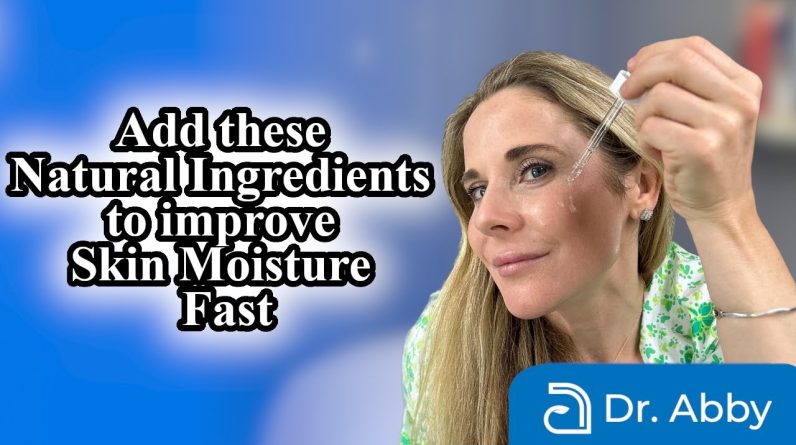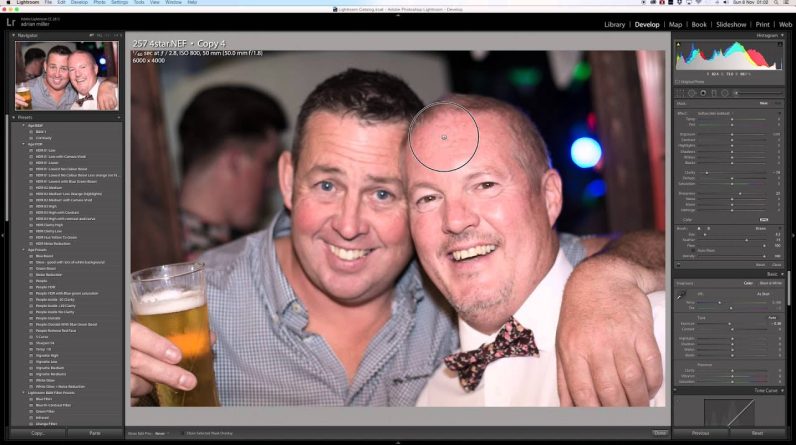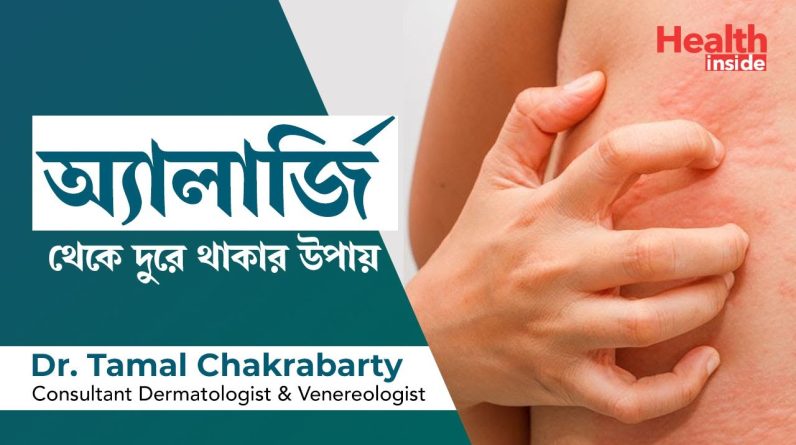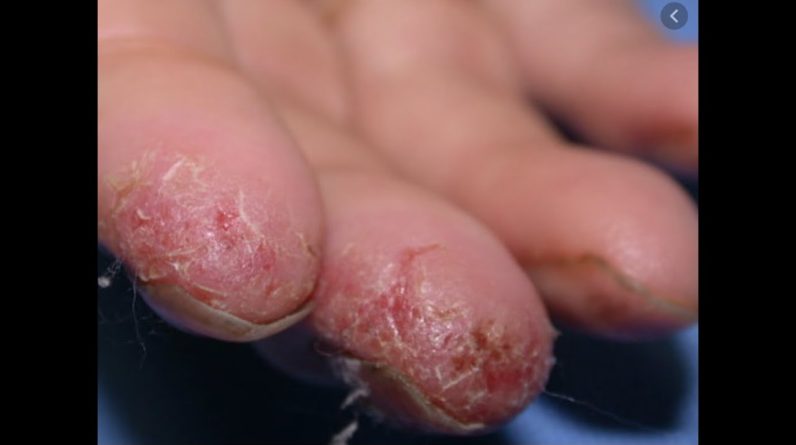(USMLE topics, dermatology) This video is available for instant download licensing here :
©Alila Medical Media. All rights reserved.
Voice by: Ashley Fleming
Support us on Patreon and get FREE downloads and other great rewards: patreon.com/AlilaMedicalMedia
All images/videos by Alila Medical Media are for information purposes ONLY and are NOT intended to replace professional medical advice, diagnosis or treatment. Always seek the advice of a qualified healthcare provider with any questions you may have regarding a medical condition.
Psoriasis is a very common inflammatory skin condition affecting about 3% of the world population. It is a CHRONIC disease that evolves in the form of RECURRENT inflammatory flare-ups followed by periods of partial or complete remission. Psoriasis can begin at any age but often develops in young adulthood. The disease may LOOK contagious, but it is NOT.
The most common type, known as PLAQUE psoriasis, is characterized by the presence of red, raised, itchy and SCALY patches of skin. The plaques usually appear on the scalp, in front of the knees and behind the elbows.
Less common types include:
– Guttate psoriasis: lesions occur in the form of SMALL numerous spots over a large area of the body. This type primarily affects children and young adults.
– Inverse psoriasis: SMOOTH patches of inflamed skin that worsen with friction and sweating. These are usually found in between skin FOLDS.
– Pustular psoriasis: an uncommon form with pus-filled, NON-infectious blisters.
– Erythrodermic: a rare but SEVERE, potentially life-threatening form, with WIDEspread lesions all over the body.
Psoriasis has a strong GENETIC component, with multiple genes linked to the SUSCEPTIBILITY to the disease. Most of the identified genes are involved in the immune system, notably inflammatory pathways. In some families, psoriasis is an autosomal DOMINANT trait. Flare-ups can be trigged by a variety of factors, including infections, traumatic injuries, stress, smoking, alcohol use and certain medications. The FIRST lesion usually appears after an upper respiratory tract infection. The exact mechanism is not fully understood but likely to involve an OVERreaction of the body’s inflammatory response. Inflammation DILATES blood vessels, releasing chemicals, resulting in redness and itchiness. Large numbers of activated T-cells infiltrate the epidermis and INDUCE proliferation of skin cells. The cells divide and move up QUICKLY, in the matter of DAYS instead of weeks. This causes cells to build up rapidly on the surface of the skin and form SCALY patches.
Common complications include eye diseases, known as OCULAR psoriasis; and chronic joint inflammation in the fingers and toes, known as psoriatic arthritis. Psoriasis also associates with higher risks of cardiovascular diseases, obesity, diabetes, low self-esteem and depression.
Most people with MILD to moderate psoriasis can be treated effectively with TOPICAL agents. These creams and ointments have several effects: anti-inflammatory, slowing down skin cell growth, and reducing scaling and itching.
Severe psoriasis may benefit from additional treatment such as phototherapy – the use of natural or artificial UV light to SLOW skin cell proliferation and REDUCE inflammation. The exposure time should be controlled to avoid UNwanted skin damage and cancers.
SYSTEMIC treatment is considered when other methods fail. This type of treatment involves ORAL administration or INJECTION of drugs that REDUCE cell growth or SUPPRESS the immune system.
source







